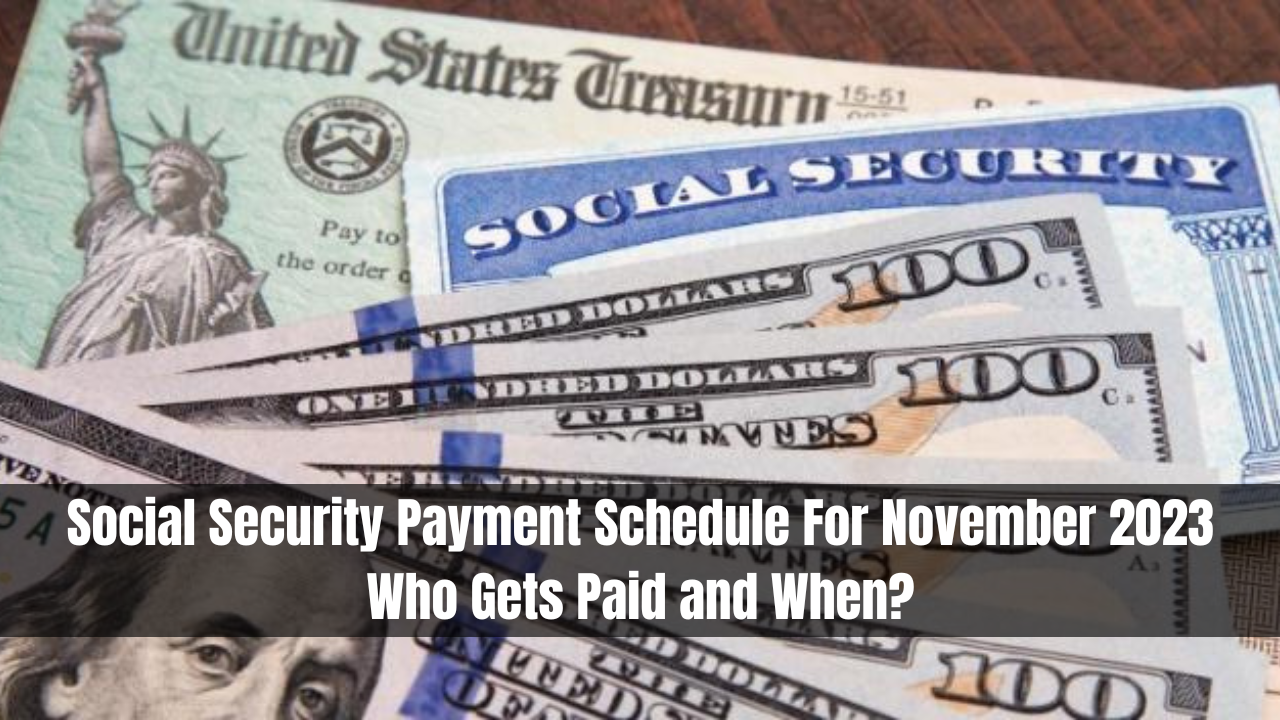Social Security Checks Are Bigger This Year | When Benefits Will Pay Out, A significant cost-of-living adjustment to Social Security is set to benefit recipients this year, resulting in an average increase of $58 in their monthly checks. The adjustment takes effect this month, bringing relief to millions of beneficiaries.
Payment Schedule for 2024
The Social Security Administration has outlined the payment schedule for 2024, with the first batch of checks scheduled for distribution on Wednesday, January 3rd. Different groups of beneficiaries receive their payments on specific dates based on their eligibility criteria.
Distribution Based on Birthdays
- 1st to 10th of the Month: Beneficiaries with birthdays in this range will receive their payments on the second Wednesday of the month, starting with the first check of 2024 on January 10th.
- 11th to 20th of the Month: Payments for those with birthdays in this range are scheduled for the third Wednesday of the month, with the first check of 2024 on January 17th.
- 21st to 31st of the Month: Beneficiaries with birthdays in this range can expect their payments on the fourth Wednesday of the month, starting with the first check of 2024 on January 24th.
SSI Recipients
Recipients of Supplemental Security Income (SSI) have already received their first inflation-adjusted checks of 2024 on December 29th. The unique payment schedule for SSI results in double payments in May, August, and November, while no payments are issued in January, June, and September.
2024 Cost-of-Living Adjustment
While the 2024 cost-of-living adjustment (COLA) of 3.2% is not as high as the previous year’s historic 8.7%, it remains well above the average of 2.6%. This increase, according to Kilolo Kijakazi, the acting commissioner of Social Security, is expected to assist millions of beneficiaries in coping with rising expenses.
Conclusion
The Social Security Administration commitment to adjusting benefits in response to inflation, as evidenced by the 2024 COLA, reflects its ongoing efforts to support the financial well-being of the approximately 67 million Social Security recipients and over 7 million Supplemental Security Income recipients in the United States.



 UNISA News6 months ago
UNISA News6 months ago
 Blog6 months ago
Blog6 months ago
 UNISA News4 weeks ago
UNISA News4 weeks ago
 UNISA News4 weeks ago
UNISA News4 weeks ago
 Blog4 weeks ago
Blog4 weeks ago
 UNISA News6 months ago
UNISA News6 months ago
 UNISA News4 weeks ago
UNISA News4 weeks ago
 UNISA News4 weeks ago
UNISA News4 weeks ago

























